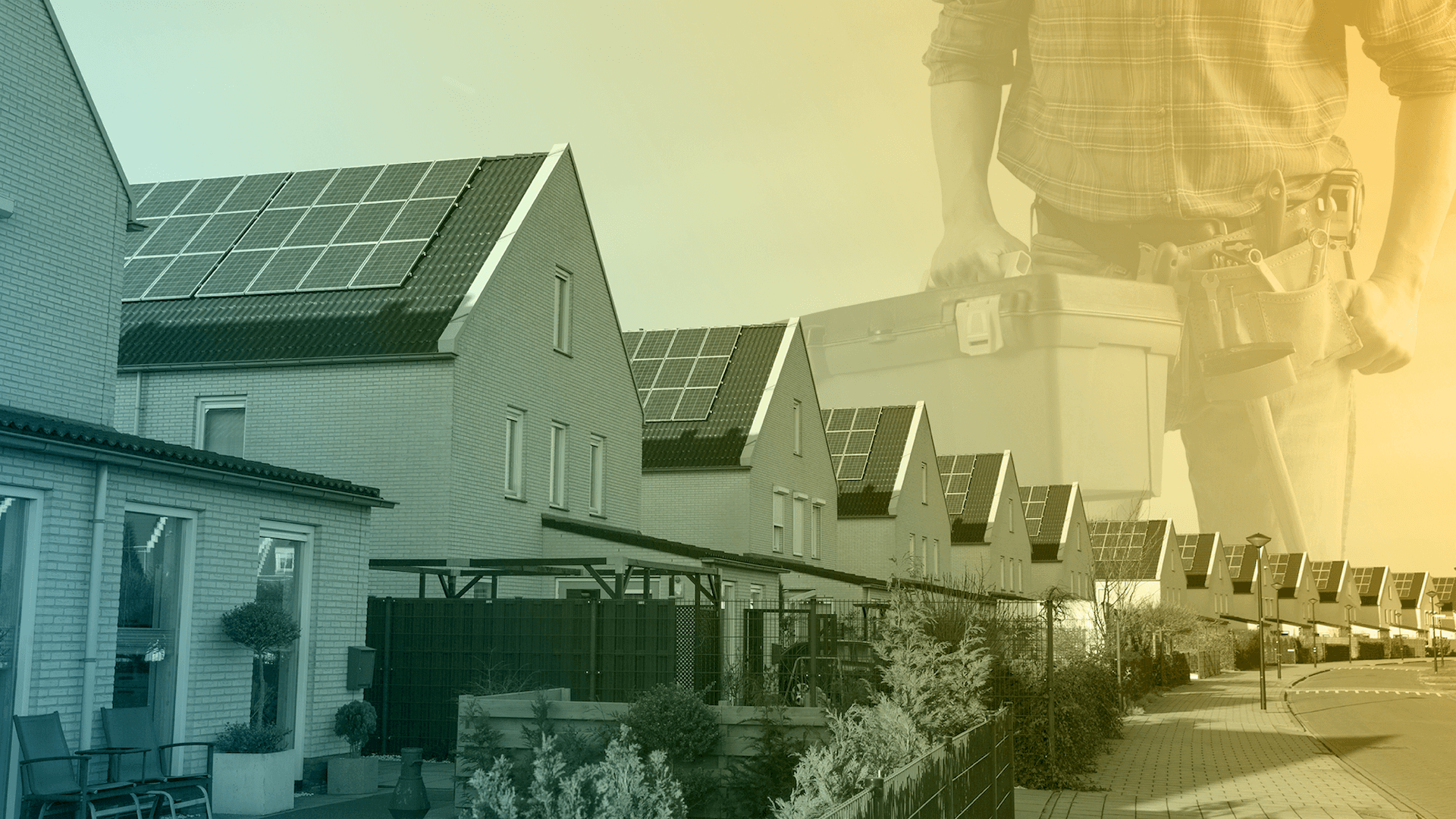How To Install Solar Panels
Are you looking into clean energy? Solar panels can be a sustainable solution to some of your energy needs.
This article will guide you through the process of solar panel installation. While the installation of solar panels can be a DIY project for those who are handy and have a deep understanding of electrical systems, it’s generally recommended you leave installation to professionals, as it requires specialized knowledge to ensure safety and compliance with local regulations.
Whether you’re a DIY enthusiast wanting to understand the process or someone researching professional installation, this guide is for you. We’ll delve into the essential tools and materials needed, explore the installation steps and costs involved, and address frequently asked questions about solar panels.
Tools and Materials Needed
Installing solar panels requires the right toolbox. Let’s dive in.
Tools
You’ll need the right tools before installing solar panels, including:
- Solar panel mounting hardware for securing the panels to the roof or ground
- Power drill and drill bits for making precise holes for the mounting hardware
- Wire strippers and crimpers for preparing and connecting electrical wires
- Ladder for accessing rooftop installations safely
- Multimeter for measuring voltage, current, and resistance in the electrical components
- Torque wrench for tightening nuts and bold to the correct torque
- Safety gear (gloves, safety glasses, and hard hat) for personal protection during installation
- Scaffolding for safe access to higher installation points on multistory building
- Level for aligning the panels correctly
- Conduit bender for bending conduits to route electrical wiring safely
Materials
Having the right materials is equally important as having the right tools.
- Solar panels (photovoltaic cells) for converting sunlight into electricity
- Inverter for converting the generated DC power to AC power (which your home appliances use)
- Racking system for holding the panels in place
- Electrical wires and connectors for transmitting the generated electricity to where it’s needed
- Conduits for protecting the electrical wires from damage
- Grounding equipment (rods, clamps) for grounding the system to prevent electrical shocks
- Disconnect switches (both AC and DC) for safely isolating the system for maintenance or emergencies
- Battery storage system (if opting for off-grid or hybrid systems) for storing excess generated electricity for later use
- Junction boxes for connecting wires and protecting electrical connections
- Weatherproofing materials (sealants, flashings) for protecting the system from weather elements
Installation Process: 10 Steps
Installing solar panels can help you take a step toward sustainable living. Let’s dive into the installation process.
1. Assess Your Energy Needs
The transition to solar begins with a thorough understanding of your energy consumption. Your electricity bills reveal your average energy usage and any seasonal fluctuations.
Use online tools like PVWatts to calculate the appropriate system size that aligns with your energy needs. This assessment ensures your PV system doesn’t overproduce or underproduce for your household.
For example, if your monthly energy bill is around $100, you might need a smaller system than someone with a $300 bill.
2. Learn the Basics
Before installation, a foundational understanding of solar energy components is essential. Familiarize yourself with terms like “photovoltaic (PV) cells,” “solar arrays,” “inverters,” “racking,” and “solar batteries.”
Each component plays a pivotal role in converting sunlight into usable electricity. For example, PV cells are the building blocks of a solar panel, capturing sunlight and converting it into electricity. Inverters transform the generated DC electricity into AC so it’s usable in homes.
3. Research Incentives and Financing
Explore available incentives and financial options before installing solar panels.
The Solar Investment Tax Credit (ITC) is a federal incentive that reduces the overall solar system cost. Many states like Texas also offer rebates and incentives, so research your state’s offerings.
Consider financing options like solar loans and leases. A solar lease might be suitable if you want to avoid upfront costs, while a solar loan could be ideal if you’re looking to own the system outright.
4. Choose a Reliable Solar Company
While companies like Tesla are well-known in the solar industry, local solar companies may offer valuable insights and competitive pricing.
Research customer reviews, compare warranties, and validate certifications to ensure the chosen company meets your expectations and needs. A company with positive customer feedback and extensive warranties might be more reliable than one with mixed reviews and limited warranty coverage.
5. Schedule a Site Evaluation and Design Session
A professional site evaluation is indispensable for determining optimal panel placement and creating a customized system design.
This step involves assessing your home’s orientation, roof angle, and shading to maximize energy production. For instance, a south-facing roof with minimal shading is typically ideal for solar installations.
The evaluation will also ensure the design fits your home’s architecture.
6. Get Necessary Permits
Getting the required permits requires compliance with local regulations and building codes. Most solar companies will manage this process, working with local authorities to obtain the necessary approvals.
This step is crucial to avoid legal complications and ensure the installation adheres to safety and structural standards. Some localities may have specific zoning restrictions or homeowner association rules that need to be addressed before installation.
7. Calculate the Costs
A detailed cost analysis helps you make an informed financial decision. Consider both equipment and labor costs and weigh them against the long-term savings and benefits.
Explore available rebates and assess whether incorporating DIY elements can reduce installation costs. If your state offers a rebate of $0.50 per watt, this can significantly reduce the total cost of your solar system.
8. Install the Solar Panels
Installation is where the rubber meets the road. It’s a meticulous process for seasoned professional and hands-on homeowners going the DIY route. Each component, from the panels to the inverter, needs to be installed with precision and care so the system runs smoothly.
Let’s say you’re working on the inverter installation. This component is crucial as it converts the DC power from the panels into AC power for your home. A misstep here, like a loose connection or incorrect wiring, can lead to inefficiencies and failures in the system.
If you’re going the DIY route, follow the installation guide meticulously. Don’t hesitate to seek help if you’re unsure about any step. Safety is paramount, so confirm all electrical connections are secure and that the system is properly grounded.
If you’re opting for professional installation, choose a reputable company with experienced installers. Be present during the installation, ask questions, and understand the process. This way, you’re involved in the journey and can ensure every component is in its right place.
9. Connect Your System to the Electric Grid
Interconnecting your system to the grid involves navigating legal and safety considerations. Consider setting up net metering, which allows you to receive credit for excess energy produced.
If your system produces more energy than you consume, net metering provides savings or energy credits on your utility bills, optimizing your solar investment.
10. Monitor and Maintain Your System
Monitoring and maintaining your solar power system makes sure it operates at peak efficiency throughout its life span.
Start with regular system check-ups. These can be as simple as a visual inspection to check for any physical damages to the panels, which impact the system’s performance. A layer of dirt or snow on the panels can significantly reduce energy production.
Next, use monitoring software provided by your solar company. These tools give you real-time insights into your system’s performance, energy production, and any irregularities. If the system is underperforming, these insights help pinpoint the issue. For example, if you notice a sudden drop in energy production, it could be due to a malfunctioning inverter or shading on the panels, necessitating immediate attention.
Adherence to warranty terms is also crucial. Familiarize yourself with the warranty details of each component, understand what’s covered, and ensure compliance with maintenance requirements. Some warranties may require professional maintenance checks at specified intervals, so scheduling these in time can help keep the warranty intact.
Address issues promptly. If a problem pops up — whether it’s a minor repair or a major malfunction — immediate intervention prevents further damages and system downtimes. A loose connection might seem minor but can lead to energy losses and even safety hazards if not addressed in time.
The Cost of Solar Panels
The cost of solar panels is a big consideration, with the market average ranging between $2.50 to $5 per watt as of 2023. For a standard 3,000-watt system, this translates to an approximate cost of $7,500 to $15,000 before considering any rebates and incentives. Be vigilant about these costs and seek competitive pricing to make sure overpriced installation services don’t overshadow potential savings.
The cost also depends on several factors, including the type of solar panels, the size of the system, and the installation company you chose.
FAQ About Home Solar Panels
Navigating the world of solar panels can be overwhelming. Here are some answers to the most frequently asked questions about solar panels.
What Are the Different Types of Solar Panels?
When it comes to solar panels, there are primarily three types. Each has its unique characteristics and applications.
- Monocrystalline panels are known for their high efficiency and sleek appearance thanks to their single-crystal structure. They’re usually more expensive but can be a good choice if space is an issue.
- Polycrystalline panels, with their multifaceted crystal structure, are generally less efficient and less expensive than monocrystalline panels. They can be a suitable option if you have a lot of installation space.
- Thin-film panels are lightweight and flexible, making them versatile for different applications, but they typically have lower efficiency. They can be cost-effective for large installations.
Emerging technologies like bifacial panels, which can capture sunlight from both sides, are also gaining traction.
Are There Any Solar Incentives?
Numerous incentives can make solar panel installation more affordable. The federal solar tax credit is a significant incentive, allowing homeowners and businesses to deduct 30% of the cost of installing a solar energy system from their federal taxes.
State-specific programs also exist. For instance, California has the California Solar Initiative (CSI), and New York offers tax credits and rebates through NY-Sun. Local utility company rebates and Renewable Energy Certificates (RECs) can further reduce the cost.
Check local databases or resources like the Database of State Incentives for Renewables & Efficiency (DSIRE) for the most up-to-date information specific to your area and to ensure you’re taking advantage of all available incentives.
How Long Do Solar Panels Last?
Solar panels typically have a life span of 20 to 30 years, but this doesn’t mean they stop producing electricity after this period. The efficiency of panels may decrease over time, but many continue to function beyond their rated life span.
Manufacturers often offer warranties, usually around 25 years, guaranteeing a certain level of production. Regular maintenance, like cleaning and inspections, help ensure the longevity of the panels and identify any issues early on.
Embrace a Brighter, Solar-powered Future
Taking the leap into solar power is a commendable step toward a more sustainable future. While the journey may seem daunting, solar energy is a worthwhile consideration.
Ready to make a positive change and step into a brighter, solar-powered future? Consider signing up with Payless Power.
A portion of our energy plans are powered by solar, allowing you to embrace renewable energy and contribute to a more sustainable environment. Explore our plans and find the one that suits your needs the best.
What our customers are saying
See why our power customers say we're the best electricity provider in Texas!
I was worried about getting electricity for my home through a prepaid company. I was calling around to see different rates then going through all the hassle of credit checks while dropping points each…
I have been with this company for several years and have been very happy since. Even when I moved, they made my usually stressful situation very easy and carefree. I recommend them to everyone that I…
I have enjoyed the service for 2 years now. In the beginning this service was planned to be temporary but with the service being so effective for me i decided to keep it for the long haul. I’m a happy customer.






